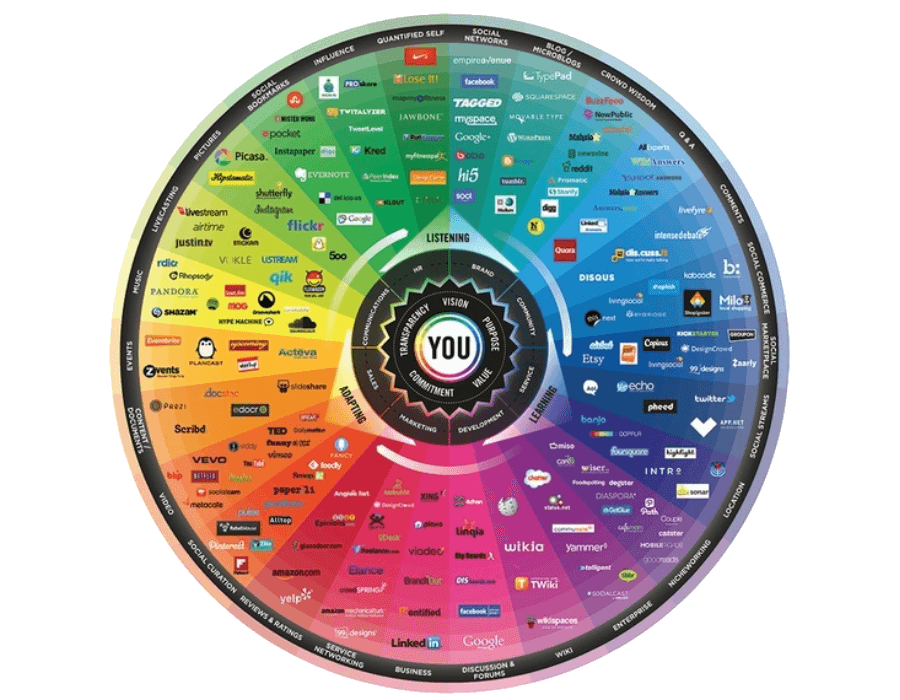What is “Martech?” Have you heard the term, used the tools? Research I’m currently working on with colleagues shows that most marketers are not familiar with the term Martech, yet they have many stories to tell about “marketing technology.” That’s no surprise as there has been exponential growth in the development of marketing technologies in the last few years.
In fact, Brinker (2022) estimates that there are now almost 10,000 applications on the market, up from 150 a decade ago.
Yikes!
The concept of the Martech stack (Chaffey & Ellis-Chadwick, 2019; Chui, 2022) is gaining visibility among marketers and organizations are coming under pressure to develop the technologies they use to optimize and augment their marketing processes. Unfortunately, there is little guidance as to how to do so effectively, in a manner that will add value for the business. It’s great to have choices, but how can any marketing team, large or small, reasonably evaluate so many options?
The Martech Struggle
Fast changing technology developments have impacted the way customers research products and make purchases. This shift has led to an explosion of customer touchpoints and a need for new tools and new platforms to increase the range of content that is available and accessible to Internet users.
The Martech stack is a collection of software platforms and applications that make up the marketing capability. According to one estimate, the average number of platforms in an organization’s Martech stack is 16, but almost 70 percent of marketers see the technologies as poorly integrated or underutilized (Sharp, 2020).
Let us look at once piece of the Martech puzzle: social media. In 2021, social media users increased 9.9% to more than 400 million people. In September 2021, TikTok announced it had passed one billion active monthly users, making it the seventh platform to reach this milestone, joining Facebook (2.9 billion), YouTube (2.3 billion), WhatsApp (2.0 billion), Instagram (1.4 billion), Facebook Messenger (1.3 billion), and WeChat (1.25 billion) (Kemp, 2021).
The latest Conversation Prism from Brian Solis (2020, Figure 1) shows that magnitude of social media tool choices is daunting. An over-abundance of choices can produce confusion, frustration, decision paralysis, and wasteful spending. The array of options also raises questions. Which channels reach which users? How many of these products are really different? How many provide a customer experience that is engaging and useful, and therefore worth the marketing team’s investment of time and money?

Figure 1. The Conversation Prism, version 5.0.




One Response
Shari does a great job of providing an update on the state of Martech which in turn highlights the challenge of deciding which metrics matter and which platform is the best to use!